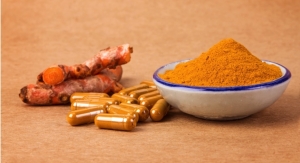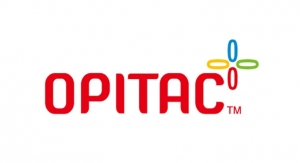01.06.14
Scientists in collaboration with Kyoto Prefectural University conducted in vivo and laboratory studies to see if Glutathione (GSH) resulted in a sustained presence in the body when taken orally.
GSH is believed to improve liver function, advance detoxification and whiten skin. More recently, it’s been used to provide antioxidants, benefit the immune system and improve muscular endurance during rigorous activity.
However, scientists did not have conclusive evidence that taking GSH orally could increase the volume of GHS in the body. Until recently, any surplus of GSH following supplementation was attributed to resynthesis from amino acids.
While past studies discovered no changes in deproteinized fractions of blood cells and plasma after GSH ingestion, researchers at Kyoto Prefectural University examined plasma fractionated on the basis of molecular mass from human volunteers in order to observe proteins. In the protein-bound fraction of the plasma they found increased levels of GSH.
Animal models indicated the same result, where 13C-labeled GSH showed its presence in the liver at levels as high as 8-10%, in as little as two hours after ingestion. The scientists further countered the resynthesis theory by introducing an inhibitor for cell culture, and again the results showed a well-defined presence of increased GSH levels in portal and peripheral blood samples.
Researchers concluded that orally-ingested GSH could be absorbed, intact, and then distributed through the body via the blood stream.
For more information: www.kohjinls.com/en/
GSH is believed to improve liver function, advance detoxification and whiten skin. More recently, it’s been used to provide antioxidants, benefit the immune system and improve muscular endurance during rigorous activity.
However, scientists did not have conclusive evidence that taking GSH orally could increase the volume of GHS in the body. Until recently, any surplus of GSH following supplementation was attributed to resynthesis from amino acids.
While past studies discovered no changes in deproteinized fractions of blood cells and plasma after GSH ingestion, researchers at Kyoto Prefectural University examined plasma fractionated on the basis of molecular mass from human volunteers in order to observe proteins. In the protein-bound fraction of the plasma they found increased levels of GSH.
Animal models indicated the same result, where 13C-labeled GSH showed its presence in the liver at levels as high as 8-10%, in as little as two hours after ingestion. The scientists further countered the resynthesis theory by introducing an inhibitor for cell culture, and again the results showed a well-defined presence of increased GSH levels in portal and peripheral blood samples.
Researchers concluded that orally-ingested GSH could be absorbed, intact, and then distributed through the body via the blood stream.
For more information: www.kohjinls.com/en/




















